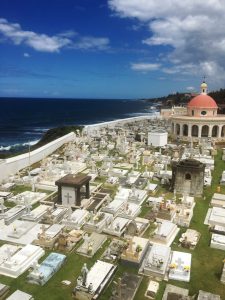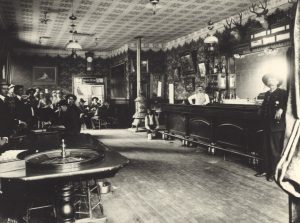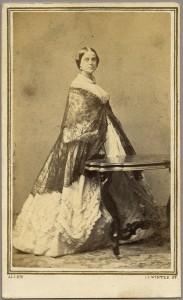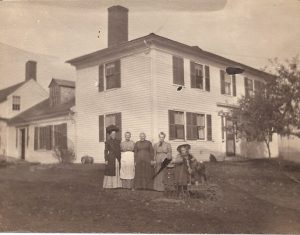 One of my favorite activities on vacation is visiting a local cemetery. Not just to view the ornate memorials and beautiful architecture, but to learn about the people that a particular region/state appreciates and associates with its national pride.
One of my favorite activities on vacation is visiting a local cemetery. Not just to view the ornate memorials and beautiful architecture, but to learn about the people that a particular region/state appreciates and associates with its national pride.
On my last trip to Puerto Rico, I visited the Santa María Magdalena de Pazzis Cemetery in San Juan, founded in 1863 outside of the walls of the city’s most famous landmark, the Castillo San Felipe del Morro (known by locals as “el Morro”). The cemetery has a gorgeous view over the Atlantic Ocean, and it is the final resting place of many famous and influential Puerto Ricans:[1] Continue reading Visiting cemeteries






